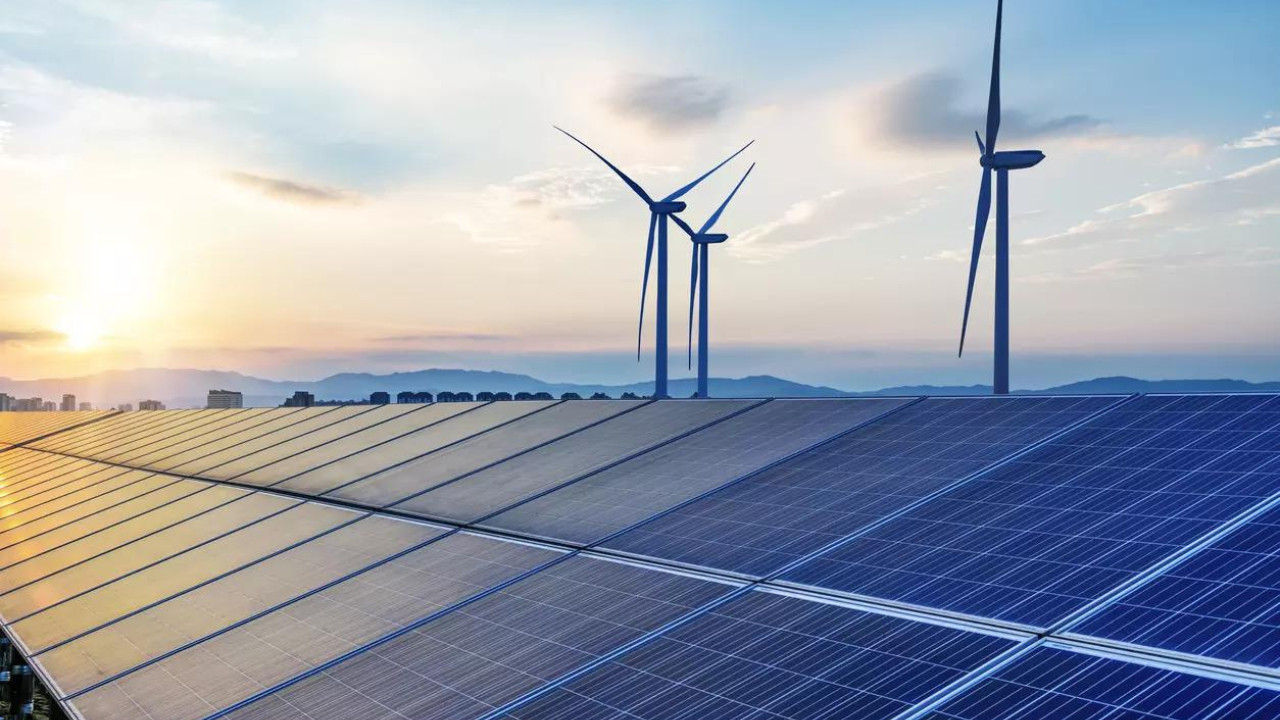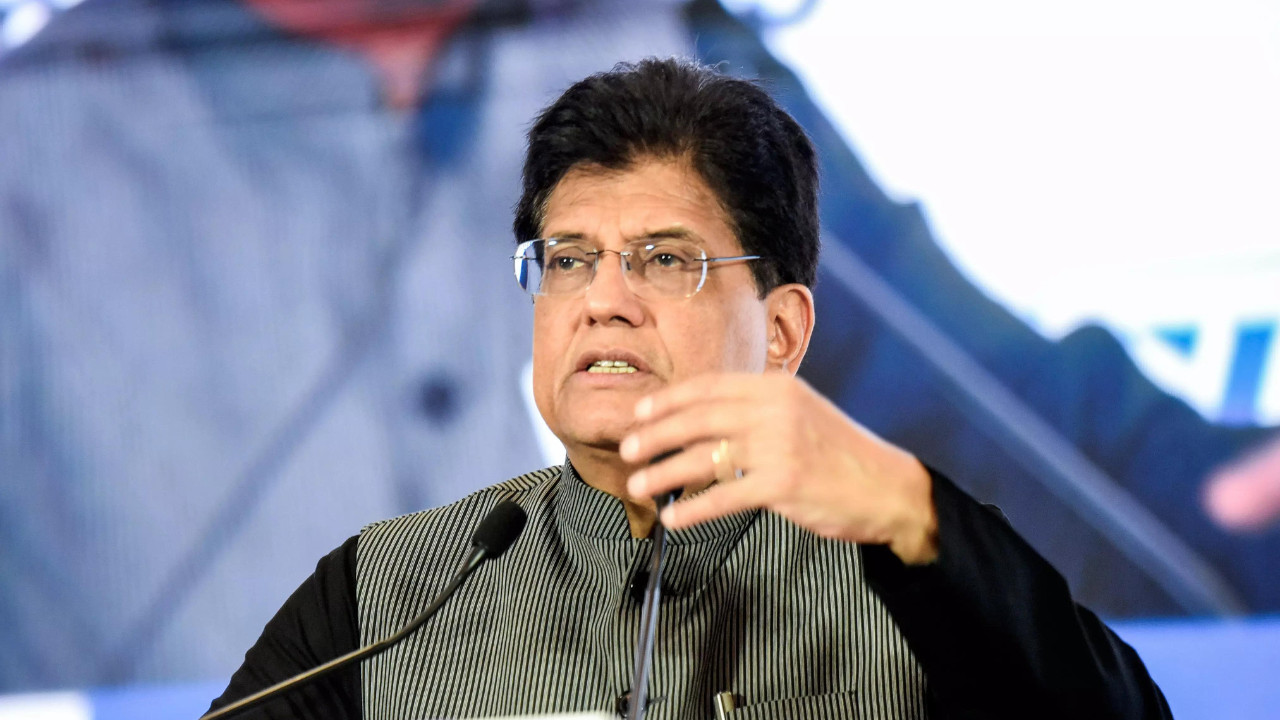Honda is set to transform India into a global manufacturing hub for its upcoming electric car, the Honda 0 α (alpha), slated for a 2026-27 debut. Developed for India and other Asian markets, the vehicle will be produced at Honda’s Rajasthan plant.
Buckle Up: Honda’s Electrifying India Play
The winds of change are sweeping through the automotive industry, and Honda is grabbing the wheel, steering directly towards India. Forget just selling cars here; the Japanese giant is gearing up to transform India into a global manufacturing powerhouse for its next-generation electric vehicles (EVs). This isn’t just about building cars; it’s about building a future, and India is firmly in the driver’s seat.
For years, India has been seen as a market ripe for consumption. But Honda’s recent announcement signals something far more profound: a vote of confidence in India’s manufacturing capabilities, its skilled workforce, and its burgeoning technological infrastructure. The plan isn’t incremental; it’s a complete overhaul of strategy. Honda envisions India not just as a production center for local consumption, but as a strategic export hub, shipping cutting-edge EVs to markets around the globe.
Why India? Honda’s Strategic Vision
So, what’s driving this monumental shift? Several factors are converging to make India an incredibly attractive location for EV manufacturing. The Indian government’s aggressive push for EV adoption, through initiatives like production-linked incentive (PLI) schemes and subsidies, is undoubtedly a major catalyst. These policies create a favorable environment for companies like Honda to invest heavily in local production.
Beyond government support, India’s competitive labor costs and a rapidly growing pool of skilled engineers are also key ingredients. The country boasts a robust supply chain, with increasing localization of components, making it easier and more cost-effective to manufacture vehicles locally.
But it’s not just about cost advantages. India’s strategic geographic location offers easy access to key markets in Asia, Africa, and the Middle East, making it an ideal export hub. Honda’s decision is a calculated move to leverage these advantages and position itself as a major player in the global EV landscape.
More Than Just Cars: Investing in Infrastructure
Honda’s commitment goes beyond just setting up assembly lines. The company is planning significant investments in research and development (R&D) to tailor its EVs to the specific needs and preferences of global consumers. This includes developing battery technology suitable for diverse climates and driving conditions, as well as designing vehicles that cater to the unique demands of different markets.

Moreover, Honda is expected to collaborate with local partners to strengthen the EV ecosystem in India. This could involve joint ventures for battery manufacturing, charging infrastructure development, and skill development programs to train the workforce for the EV industry. These collaborations will not only benefit Honda but will also contribute to the overall growth and maturity of the Indian EV sector. This holistic approach to manufacturing and infrastructure is a sign of commitment.
What Does This Mean for the Indian Automotive Market?
Honda’s transformation of India into a global EV manufacturing hub has ripple effects across the entire automotive industry. It will intensify competition, pushing other manufacturers to accelerate their EV plans and investments in India. Consumers will benefit from a wider range of EV options, improved technology, and potentially lower prices as localization increases.
This move could also lead to job creation, particularly in the manufacturing, engineering, and R&D sectors. As Honda expands its operations in India, it will require a skilled workforce to support its EV manufacturing and export ambitions. This creates opportunities for Indian talent to contribute to the global EV revolution.
Furthermore, Honda’s focus on exports will boost India’s position as a global manufacturing destination. By showcasing India’s capabilities in EV manufacturing, Honda can attract other global companies to invest in the country, further strengthening its position in the global economy. This is a testament to India’s evolving position on the world stage. You can also read about the Tata Motors’ acquisition of Ford’s manufacturing plant for further insights into automotive developments in India.
The Road Ahead: Challenges and Opportunities
While the future looks bright, challenges remain. Building a robust EV ecosystem requires significant investments in charging infrastructure, battery recycling facilities, and a reliable supply chain for critical components. Overcoming these challenges will require collaboration between the government, industry players, and research institutions.
However, the opportunities are immense. By embracing innovation, fostering collaboration, and investing in the necessary infrastructure, India can solidify its position as a global leader in EV manufacturing and drive the transition to a cleaner, more sustainable transportation future. Honda’s bet on India is a clear signal that the future of EVs is being written right here, right now.







